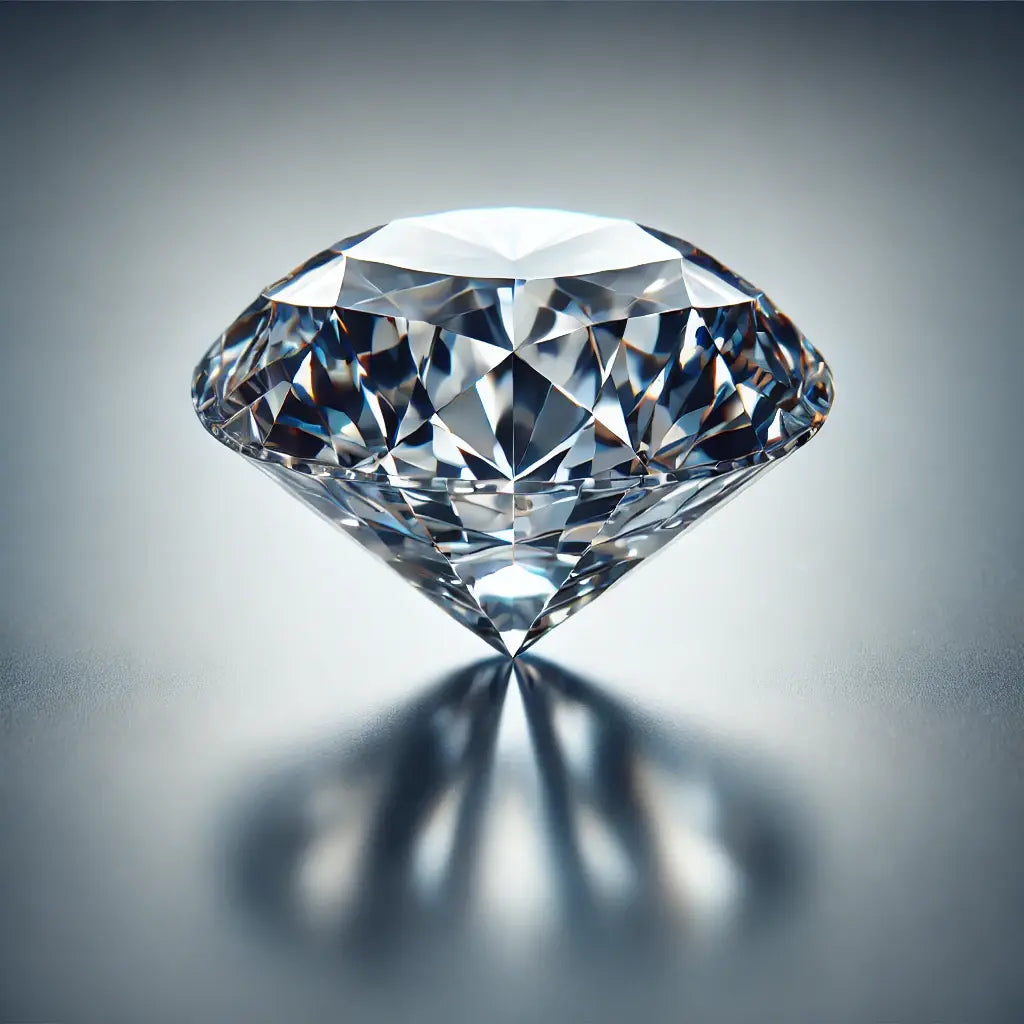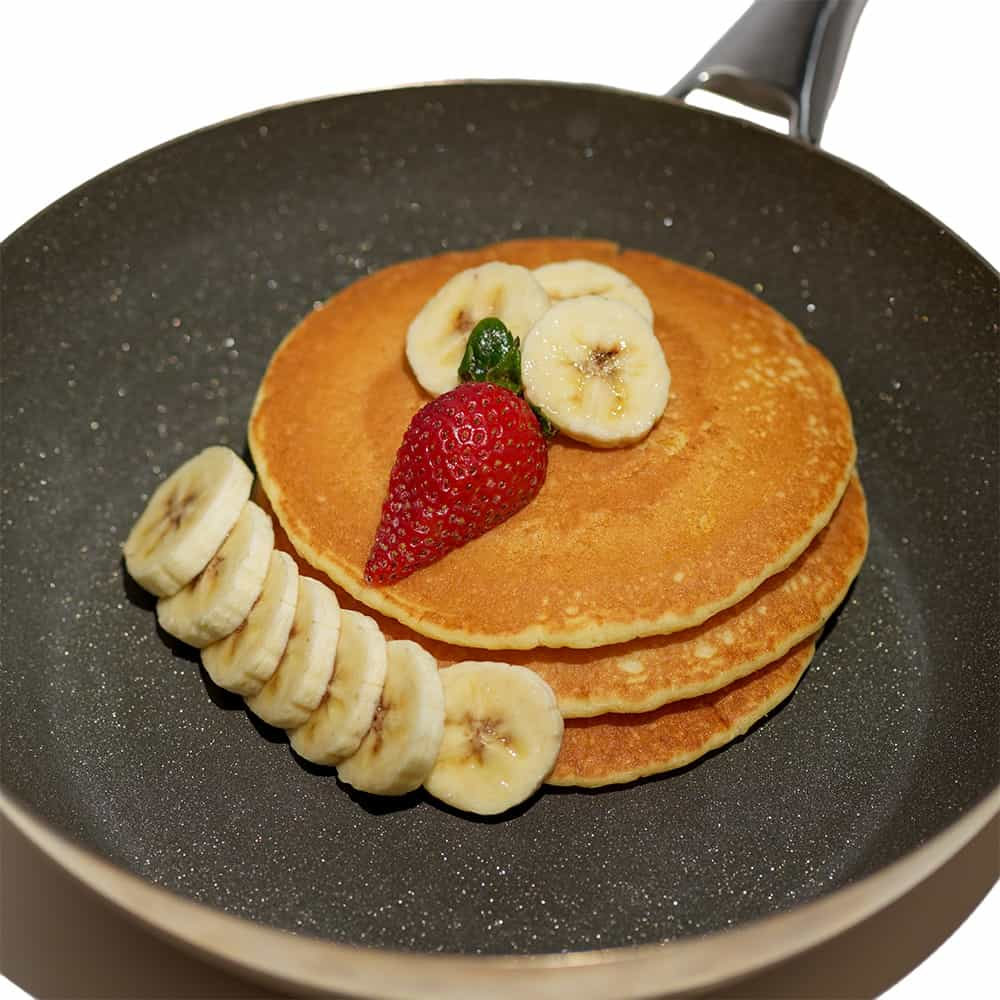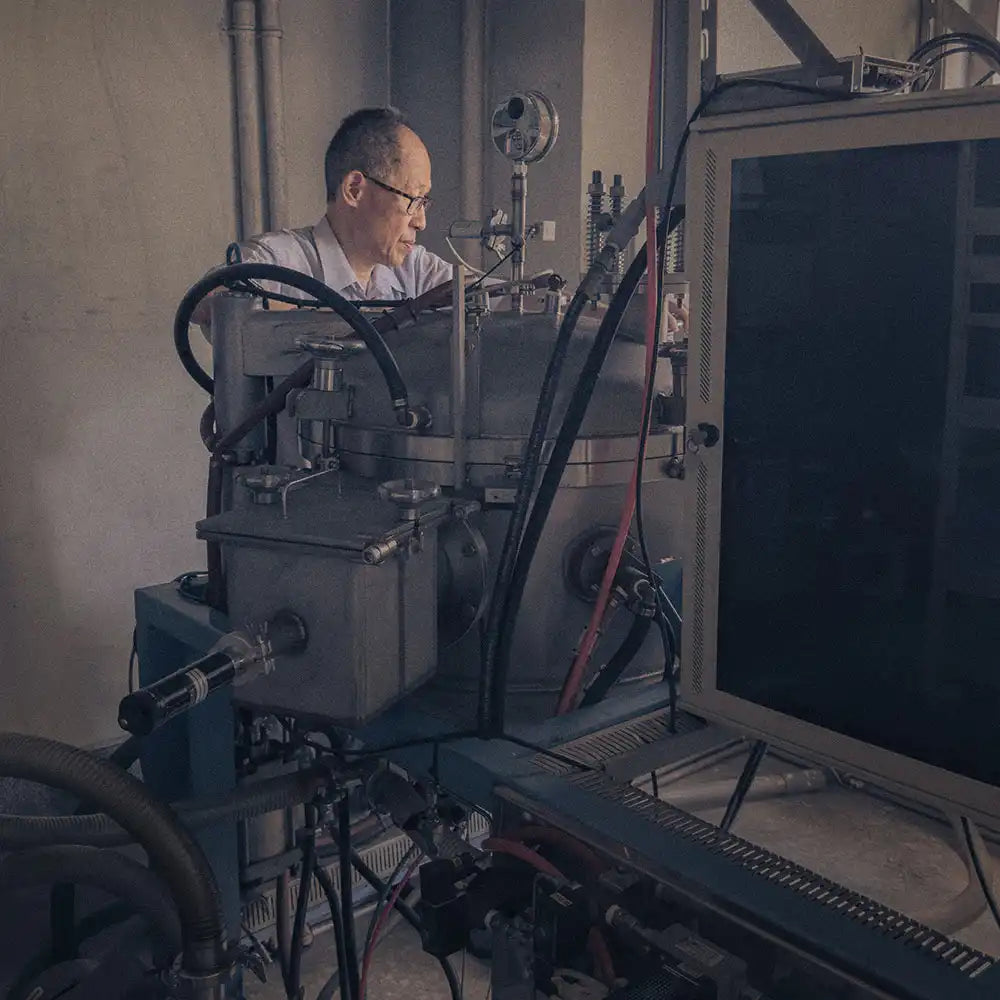
Ever feel like you need a science degree just to pick out a safe frying pan? Enter diamond cookware, the new darling in the “no-forever-chemicals” conversation. But does it really live up to the hype? Let’s cut through the glitz and see if diamond-infused pans are actually the safer, PFAS-free option you’ve been looking for.
Quick Takeaways
- PFAS Worries: Diamond cookware scores points for skipping “forever chemicals” and keeping your meals free from the usual suspects.
- Real vs. “Diamond-Coated”: True diamond cookware is rare and pricey—most pans are diamond-infused for extra durability.
- Safe & Sturdy: Vacuum-brazed diamond pans can handle heavy-duty use, but the high-end manufacturing also means a higher price tag.
- Check Labels: Don’t get dazzled by “diamond” hype—look for PFAS-free assurance, not just flashy branding.
- Other Alternatives: Ceramic, cast iron, and stainless steel remain solid, PFAS-free choices if diamond isn’t your style.
What are the Health Risks of PFAS?
![]()
Although scientists are still studying the full impact of PFAS exposure—especially at lower levels—existing evidence suggests that PFAS can pose significant health risks. Below are some key concerns:
- Immune System Disruption: PFAS can interfere with the body’s immune system, making it harder to fight infections and respond to vaccines. This reduces overall resistance to illnesses and may lower vaccine effectiveness.
- Hormonal Imbalances: By disrupting the body’s delicate hormonal balance, PFAS can cause a range of problems, such as developmental issues in children, reproductive difficulties in adults, and other hormone-related disorders.
- Liver and Kidney Damage: Studies point to a link between PFAS exposure and liver disease. PFAS have also been associated with reduced kidney function and a higher risk of kidney disease, including kidney cancer.
- Elevated Cholesterol: Exposure to PFAS may raise cholesterol levels, which is a risk factor for heart disease and other health conditions.
- Reproductive and Developmental Concerns: PFAS have been associated with infertility in both men and women. Exposure during pregnancy and childhood may also lead to low birth weight, early puberty, and behavioral changes in children.
- Increased Cancer Risk: Some studies suggest a connection between PFAS and a higher risk of certain cancers, such as prostate, kidney, and testicular cancers.
- Lung Health Effects: Emerging research indicates that PFAS may negatively affect lung health, including impaired fetal lung development, weakened immune response in children, and possible links to lung cancer.
- Ongoing Research and Monitoring: Research on PFAS is still unfolding. Programs like the EU’s Human Biomonitoring Initiative (HBM4EU) continue to explore PFAS exposure and its consequences to better guide public health decisions.
Understanding the “Diamond” Label in Cookware: Myth vs. Reality
“Diamond-coated” cookware sounds glamorous, but according to a recent report by diamondPans, true diamond-coated cookware does not really exist in the consumer market. Here’s why:
- Cost and Fragility: Producing a large, flat diamond-coated surface (like a frying pan) using expensive methods like Chemical Vapor Deposition (CVD) would be prohibitively expensive. Moreover, though diamonds are extremely hard, they’re also brittle on a large scale—making them impractical for everyday cookware.
- What You’re Actually Buying: Most cookware labeled as “diamond-coated” is diamond-infused, meaning tiny diamond particles (or diamond dust) are mixed into the nonstick or ceramic coating to improve hardness and heat distribution. While this can boost scratch resistance and conductivity, it’s not an indestructible pan.
- Vacuum Brazed Diamond Cookware: The report also highlights a specialized process called vacuum brazing, in which diamond crystals are fused directly onto metal in a vacuum furnace. This method is extremely durable but tends to be rare and costly. It’s more common in professional or industrial settings than in typical household cookware.
- Smart Shopping Tips: Read labels carefully, research brand reputation, and handle any diamond-infused cookware with care. Even a diamond-infused surface can wear out over time, especially if used with metal utensils or abrasive cleaners. And remember—don’t overpay simply because something is labeled “diamond.”
Why is Diamond Cookware Safe?
Despite the marketing nuances, diamond cookware (especially the vacuum-brazed kind) is still considered a safe and healthy option because it uses a nonstick surface that does not include PFAS, PFOA, lead, or cadmium. Traditional nonstick pans sometimes release harmful substances into your food as you cook, so choosing a PFAS-free option can help you avoid that risk.
Biocompatibility and Bioinertness
Diamond is known for causing minimal immune reaction if it’s implanted in the body, which lowers the risk of irritation or inflammation. Its bioinertness, coupled with its ability to support cell adhesion and growth, makes diamond highly biocompatible. While this fact is more relevant in medical contexts, it helps illustrate why diamond is considered safe in other applications, such as cookware.
How is Diamond Cookware Made?

Manufacturers like diamondPans produce “diamond cookware” (for instance, the “Sixty Carats Pan”) by using a process called vacuum brazing. In this technique, diamond crystals are attached securely to the cookware’s surface inside a high-temperature vacuum furnace. This ensures the diamonds stay firmly in place over time. The same vacuum brazing process is used in aerospace manufacturing, which testifies to its durability and reliability.
What are Other PFAS-Free Nonstick Cookware Options?
Diamond cookware isn’t the only PFAS-free nonstick choice. Several other alternatives may suit different cooking styles and budgets:
- Ceramic Cookware: Ceramic pans use a nonstick coating primarily made of silicon and oxygen. They’re generally free of PFAS, PFOA, and similar toxic chemicals. However, ceramic coatings may be less durable than diamond coatings, which makes them more prone to scratches or chips.
- Cast Iron Cookware: Cast iron is naturally nonstick when seasoned properly. It’s extremely durable and can last for generations. On the downside, it can be heavy and needs more upkeep than other cookware types.
- Stainless Steel Cookware: Though stainless steel doesn’t come naturally nonstick, you can season it to create a reasonably stick-resistant surface. Stainless steel is durable, versatile, and an excellent option for people with sensitivities to certain materials.
Comparison of Diamond Cookware with Other PFAS-Free Nonstick Options
| Feature | Diamond Cookware | Ceramic Cookware | Cast Iron Cookware | Stainless Steel Cookware | PFAS-Free |
|---|---|---|---|---|---|
| Nonstick Performance | Excellent | Good | Good (when seasoned) | Fair (can be seasoned) | Yes |
| Durability | Excellent | Fair | Excellent | Excellent | Yes |
| Heat Distribution | Excellent | Good | Fair | Good | Yes |
| Weight | Lightweight | Lightweight | Heavy | Moderate | Yes |
| Maintenance | Low | Low | Moderate | Low | Yes |
| Cost | High | Moderate | Low | Moderate | Yes |
| Environmental Impact | Moderate (due to manufacturing process) | Generally low | Generally low | Varies based on process | Yes |
It’s worth noting there’s limited data for a direct performance comparison of diamond cookware against other PFAS-free options.
Conclusion
Diamond cookware is a compelling choice for anyone concerned about both health and cooking performance. Its PFAS-free nonstick surface means no harmful chemicals will seep into your food, giving you peace of mind. Thanks to its durability and scratch resistance—especially with vacuum brazed models—diamond cookware can handle everyday kitchen tasks and last for many years.
Though the initial investment may be higher compared to some other cookware, many people find that the safety, top-tier performance, and longevity of diamond cookware make it well worth the price. That said, other PFAS-free cookware types also exist, each offering different advantages:
- Ceramic cookware is often more affordable while still performing well.
- Cast iron is incredibly durable and a staple in many traditional kitchens.
- Stainless steel is versatile and relatively low-maintenance.
Ultimately, choosing the right cookware comes down to your needs and preferences. Use the information in this article to weigh your options and find the safest, most suitable cookware for you and your family.
References
- Perfluoroalkyl and Polyfluoroalkyl Substances (PFAS) – National Institute of Environmental Health Sciences
- Per- and Polyfluoroalkl Substances – Air Force Civil Engineer Center
- Per- and Polyfluoroalkyl Substances (PFAS) – FDA
- FAQ: PFAS 101 – State of Michigan
- Our Current Understanding of the Human Health and Environmental Risks of PFAS – EPA
- Per- and Polyfluoroalkyl Substance Toxicity and Human Health Review: Current State of Knowledge and Strategies for Informing Future Research – PMC
- Chemicals: Perfluoroalkyl and Polyfluoroalkyl (PFAS) Substances – Wisconsin Department of Health Services
- What are PFAS and how are they dangerous for my health? – European Environment Agency
- PFAS – Perfluoroalkyl and polyfluoroalkyl substances – VA Public Health
- Per- and poly-fluoroalkyl substances (PFAS) effects on lung health: a perspective on the current literature and future recommendations – PMC
- Per- and poly-fluoroalkyl substances (PFAS) effects on lung health: a perspective on the current literature and future recommendations – Frontiers
- Our Story – diamondPans
- How to Choose Diamond Cookware: Carat Weight Matters Most – diamondPans
- The Complete Guide to Diamond Cookware – diamondPans
- The Best Non-Toxic Cookware Sets, Tested and Reviewed – Food & Wine
- Diamond thin films: giving biomedical applications a new shine – PubMed Central
- Best Diamond Coated Cookware? What You NEED to Know Before You Buy – DiamondPans



